YOUR STRATEGIES
|
Keep Your Strategies in Sync with Evolving Corporate Strategy Alignment in an organization can determine whether it succeeds or fails. Think of your car when the tires are out of alignment. The car drifts to one side, the steering wheel vibrates and it becomes difficult to drive straight to your destination. Such it is with a business: If the various parts or people move out of alignment, the entire structure will struggle under the strain and drift from the ultimate goal. The trick for Human Resources professionals lies in determining where to align. Many simply align with the CEO to avoid conflict. Or they align their strategies with laws and regulations to avoid lawsuits. Yet the ultimate goal should be to align with the consumer, which is called “value chain alignment.” When you adjust your strategies to benefit the market, you will automatically come into alignment with the rest of the organization and become a contributor to its success. Here are a few example of how that might happen: Traditional Task:Discipline an employee who’s not “playing well” with his manager Re-Alignment Strategy: Determine whether an employee at odds with his manager may actually be advocating for the customer. HR professionals strive to be problem-solvers for managers in their organization, and that is positive to a large extent. However, sometimes managers dislike employees simply because they don’t comply with common corporate thought. If that is the case, you may be the one to determine whether the employee has a better handle on the market than the manager and is trying to drive the department into better alignment with the customer, or whether the employee is simply a bad match for the company. You can serve as an impartial consultant who listens to both sides and reports back to senior management with your market-focused opinion. That is an example of being aligned with the consumer, rather than aligned with the manager. Traditional Task:Fill vacant position with qualified person Re-Alignment Strategy:Work with manager to fill the need rather than the position Many managers have a knee-jerk reaction to fill all staffing vacancies before the managers determine whether the position still meets their needs and aligns with the company’s evolving strategies. As the HR expert, you shouldn’t fill any vacancy without meeting with the manager to identify the need or problem that requires human capital investment and examine whether there might be an alternative way to address it. For instance, could the manager meet the need by forming a new team with existing workers, or hire a temporary worker or contractor to meet a specific, short-term goal? Is the old job description still relevant, or does the position require an updated set of skills and experience? Of course, the tone here needs to be collaborative, not condescending. By placing the company’s larger alignment at the forefront, you can serve in an important problem-solving role that goes much farther than simply plugging personnel gaps. Traditional Task:Oversee managers’ annual evaluation of all workers Re-Alignment Strategy: Develop new evaluation tools to meet goals without burdening managers Every year, HR specialists take on the necessary task of overseeing the employee evaluation process, which often requires them to hound and harass managers until the process is complete. Managers resent the process because it’s onerous and time consuming. Yet the ultimate fall guy may be you, because the process removes you from the position of being an active consultant to managers. Instead, you’re merely the process-pusher. I suggest that you begin to think outside the box when it comes to employee evaluations and develop more helpful, less cumbersome strategies that focus on aligning the organization. For instance, you might have the employee document concrete examples of their value-added contributions to mission and the customer, and get “references” from colleagues within the organization to support those claims. Or, have the employee get customer recommendations – both internal and external – that illustrate their contribution. Or, have employees build a portfolio of their work, much like an artist or an architect, and write-up a reflection on how they have grown and how they intend to improve their performance, or portfolio. These kinds of approaches make assessment meaningful in the alignment process, rather than a labor for employee and manager, and demonstrate accomplishments and opportunities for improvement in concrete terms. Traditional Task:Reward talent based on job description and comparable industry data Re-Alignment Strategy:Help managers identify and compensate talent individually based on the employee’s value to the organization I realize that certain parameters and guidelines need to inform compensation decisions. However, let’s be realistic: what really determines an employee’s worth to the organization is not how well the employee lives up to a job description but how far he or she reaches beyond it. A growing, thriving organization requires exceptional, not adequate, human capital, and that requires some flexibility in compensation. HR experts can help managers learn better ways to manage talent and access the value-creating potential of each employee. You can measure an employee’s contribution through both qualitative and quantitative means to give managers a fuller picture. And, you can create systems of incentive and reward that drive employees toward growth, accountability and success far beyond their job descriptions. By re-visioning your HR tasks into opportunities to better align your workplace, you will earn the opportunity to influence the human capital outcomes. Will your CEO and managers accept this broader, visionary role – especially one that prompts you to disagree with their direction. I believe they won’t only accept it, they’ll appreciate it. Remember, effective executives in any organization want a team of problem solvers, people who use their various intellect and skills to the fullest. For HR professionals, that means offering a perspective on human capital that aligns strongly with the market. When you can make a case that your new strategy results in a win for the customer, you’ll become a valuable partner in the organization and an asset to all the constituencies you serve. Source: www.humanresourcesiq.com |






